Ruth Ellis was the 15th and last woman to be hanged in the UK on 13th July 1955; her death was instrumental in bringing about the abolition of capital punishment. At the time thousands of people signed a petition against her sentence, and her plight attracted the support of many celebrities such as Raymond Chandler the crime writer.
A month after her death the Campaign for the Abolition of the Death Penalty got underway, led by Violet Van Der Elst. A bill was introduced to Parliament as soon as February 1956, but it was rejected by the House of Lords. A year later Parliament introduced the Homicide Act, which restricted the imposing of the Death Penalty to certain types of murder. A suspension of the Death Penalty for 5 years came in November 1965 and in December 1969 it was abolished permanently. The execution of one 28 year old woman who many people thought should never have died, helped to bring about this momentous change in the law.
Ruth Ellis was born in Rhyl, North Wales on 9th October 1926. Her family name was Hornby and her parents were Arthur and Bertha. Ruth was the fourth of their family of six children. As a child Ruth along with her family moved to Basingstoke Hampshire, and then in 1941 to Southwark in South London. When she was 17 years old Ruth found a job as a photographer’s assistant. Her assignments allowed her to visit many dance halls in London, where she met both Canadian and American troops. Flush with money, they offered fun and excitement during the war, and Ruth became involved with a French Canadian soldier named Clare. When Ruth became pregnant he proposed, but Bertha discovered he was already married with a family back home in Canada. Ruth had her baby, a boy called Andria Clare on 15th September 1944, just before her 18th birthday.
Ruth left her baby boy in the care of her mother and her older sister Muriel much of the time. Ruth was out and about looking for work, and at this time she was earning money as a nude model. When she was 19 years old she started work as a hostess at the Court Club in Duke Street, Mayfair. The club was owned by Morris Conley, a property developer and notorious pimp. Ruth was earning over £20 a week, encouraging the clientele to buy expensive drinks, and any after hours money she earned by other means was hers to keep, once Conley had taken his cut.
Ruth became pregnant by one of her customers at around this time and had an abortion. It was here at the Court Club that Ruth met her husband to be, George Ellis. He was 41 years old and a recently divorced dentist. He offered her respectability, social status and a name for her son. They lived together at first and married in November 1950. George was however an alcoholic, and their life together was volatile. George was possessive and jealous, and violent arguments were the norm. their daughter Georgina was born in October 1951, but by this time the marriage was all but over.
Ruth moved back to her parents with her children and went back to hostessing at the Court club, which had been refurbished and was now known as Carroll’s. It was here that she soon met the two men who would shape the rest of her life and determine her fate, Desmond Cussen and David Blakely.
Ruth’s 27th birthday on 9th October 1953 was a particularly memorable one. Conley made her the manageress of The Little Club in Brompton Road, Knightsbridge. This was a huge promotion for Ruth, who was earning £15 a week, plus tips and commissions, as well as a £10 per week entertainment allowance. She could also still supplement her income after hours with clients of her choice. She moved into the flat above the club on a rent free basis. Within a month the young car mad, would-be racer David Blakely had moved in with her, despite having two homes of his own and a fiancée called Linda Dawson, a textile heiress from Halifax.
At the same time, Ruth was also being pursued by Desmond Cussen, a 31 year old company director, who was willing to provide money, stability and a good life for Ruth and her children. But true to form, it was Blakely who she fell obsessively in love with. Their relationship was volatile, lustful, often violent and full of jealousy. Blakely hated the fact that Ruth always had Cussen in the background, and Ruth hated the fact that Blakely was often an obnoxious drunk and a notorious womaniser. He shamelessly sponged off Ruth, living in her flat and taking free drinks at the club. His boorish behaviour with other customers soon wore thin, and after one of numerous incidents at the club, Conley sacked Ruth.
Bakely had a history of treating Ruth badly. He ridiculed her in public, he hit her hard and often, and when he brought his friend Cliff Davis to meet her, he introduced her as ‘one of the finest fucks in town’. After losing her job it was Desmond Cussen who stepped up to help her. He took Ruth and her son into his home and looked after her financially. He even allowed Ruth to sleep with Blakely there once the two of them had reconciled yet again. Blakely also drove her around London at all hours of the day and night when she was searching for Blakely in the pubs and clubs after their regular violent quarrels.
In the summer of 1954 Blakely broke off his engagement to Linda Dawson. Ruth was over the moon because she believed it was because he had decided to be with only her. Not too many weeks later she discovered love bites all over Blakely’s back, and realising his dalliances with other women had never stopped, she threw him out. But they were soon back together and their circle of drinking, fighting, accusations and betrayal continued in the usual way.
In the early months of 1955 Ruth moved into a small flat in Kensington, paid for by Desmond Cussen. It was around this time that Ruth discovered she was pregnant. During one of their more vicious rows, Blakely punched her in the stomach which resulted in a miscarriage. Once more, despite the despicable treatment at his hands, Ruth forgave him and continued to be obsessed with Blakely. During the early part of that year, as well as the miscarriage, Ruth endured many instances of physical violence from Blakely. She was often seen with bruises and black eyes. In fact just 3 nights before he was shot, Blakely punched Ruth full in the face at the Steering Wheel Club in front of all his racing car friends.
The club manageress was a much respected and sensible woman , and she remarked later on that she could have given testimony to the numerous occasions that she witnessed Blakely assaulting Ruth in a physical manner. She was never called to the trial by Ruth’s defence counsel. Cliff Davis also spoke of seeing Ruth with bruises and later on said that it was well known that Blakely used to ‘knock her around’ Cliff himself had also slept with Ruth, and described her as ‘the best fuck that has ever been created’ It was said by some people after her arrest that Ruth was nothing more than a cheap tart and a prostitute, and it became obvious that her behaviour and morals were as much on trial as her actions that Spring. The sad fact was that all Ruth longed for was to be loved by Blakely in the traditional way, and much of her erratic behaviour and the eventual shooting was fueled by his cruel treatment and dismissal of her as a serious girlfriend or wife.
Ruth and David spent time together on the night of Thursday 6th April 1955. The next Day was Good Friday and Blakely left her flat saying that he would return to take her out for a drink that evening. He never came back. Instead he went out with his friends Anthony ‘Ant’ and Carol Findlater, who were part of the motor racing set. The Findlaters were snobs and well known to look down on Ruth and think of her as common. They voiced their opinion amongst friends and to Blakely often in Ruth’s absence. Ruth was certain that it was the Findlaters’ influence that made Blakely often ignore her and treat her in such a despicable manner. Thus was set in motion a series of events that were to lead to tragedy that Easter weekend.
When Blakely failed to contact her Ruth spent the entire weekend trying to track him down in his usual haunts. Driven by Cussen, she went again and again to the Findlaters house in Tanza Road, where she spent hours waiting for a sign of Blakely’s presence. She also phoned the house on numerous occasions asking for Blakely but Ant Findlater told her he wasn’t there and Blakely never returned her calls. Ruth was convinced she heard giggling in the background on several of these calls and this threw her into a rage and she had to be calmed by Cussen.
On Easter Sunday David Blakely and his friend Clive Gunnel went in Blakely’s car to a pub called the Magdala Tavern. Here they had a couple of drinks and bought some beer to take back to the ongoing party at the Findlaters’ house. When they emerged from the pub at around 9pm, Blakely carrying the beer and fumbling with his keys, Ruth stepped forward. In her hand was a .38 Smith and Wesson revolver. She called his name and he ignored her. When she called him again he turned around, no doubt expecting more histrionics and argument. Instead he saw the gun and ran around his car to try and hide. Two shots rang out and Blakely fell, his blood smearing the bodywork of his car. He called out to Clive Gunnel, but Ruth followed him and told Gunnell to get out of the way. Blakely staggered off, dropping the beer, and Ruth fired three more shots at him. The last one was from point blank range when he was already on the ground. According to Gunnell, she then raised the gun to her head and pulled the trigger. Nothing happened. Ruth then pointed the gun at the pavement and fired one last time. The bullet ricocheted and smashed the thumb of a passer by who had just came around the corner.
An off duty policeman PC Alan Thompson had been having a drink inside the pub and he was the one who approached Ruth immediately after the shooting. She asked him to call the police. ‘I am the police’ he said and took the gun from her hand. An ambulance had been called and David Blakely was taken to New End Hospital, where he was declared dead on arrival. Ruth was taken to Hampstead Police Station , where she was cautioned by Detective Superintendant Leonard Crawford. Ruth said ‘I am guilty. I am rather confused’. She then went on to make a full statement about her life and experiences with David Blakely. She claimed to remember nothing about what she had done earlier that day before her final call to Ant Findlater. She said that she had taken a taxi to Tanza Road where the Findlaters lived and that she had walked from there to the Magdala Tavern with the gun in her handbag. She also stated that her intention was to ‘find David and shoot him’. This was a pivotal statement which more than likely sealed her fate when used in court. When she was asked where she had got the gun, Ruth said that she had been given it by a customer three years previously, and she stuck faithfully to this story until the day before she was hanged.
Ellis refused to co operate with both her solicitor John Bickford and her defence team. She continued to speak of her guilt and she was adamant that she wanted to die. She did however want the public to know how despicably she was treated by Blakely, and how in her eyes the Findlaters were equally to blame for the tragic outcome. Ruth appeared twice at Hampstead Magistrates Court, and both times she was remanded in custody.
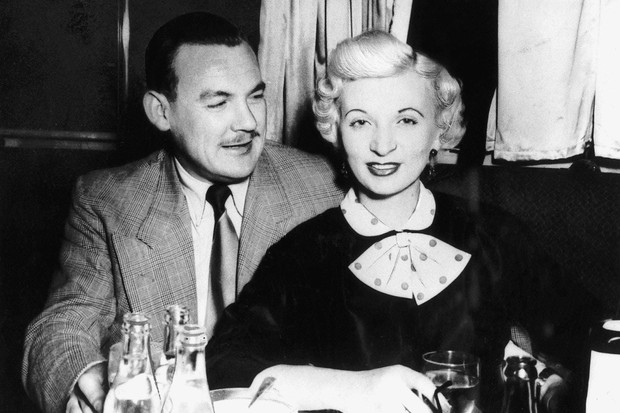
On her second appearance on 20th April, Desmond Cussen was called as a police witness. This man who had professed to love her told of the numerous times he had driven a distraught and angry Ruth around London looking for Blakely. He said he had witnessed her breaking a window in Blakely’s car and had seen many fights and rows which had resulted in physical violence. He recounted her obsessive phone calls to the Findlaters’ house that day and the many visits to their house in her final search for David. There was no attempt by Cussen to play down any of her out of control behaviour, and Ruth was mystified by this act of treachery as she saw it.
Ruth subsequently appeared at the Central Criminal Court at the Old Bailey on 11th May 1955 in front of Mr Justice Barrie. Her defense team managed to secure an adjournment for 40 days to hopefully enable them to find a precedent. This would mean that Ruth could plead guilty to manslaughter provoked by jealousy. Unfortunately they could find no such precedent and her trial was set for 20th June. While in custody at Holloway Prison Ruth was visited by a psychiatrist, Dr Duncan Whittaker. He concluded that she was mentally stable, although he expressed concern that she seemed to have no thought regarding how her actions would affect her children. Ruth was adamant that on that Easter Bank Holiday weekend she was not hysterical and that she knew exactly what she was doing.
Just before the trial opened on 20th June, Ruth had persuaded the Governor of Holloway to allow her to get her hair done. With her full peroxide rinse and smart black suit, Ruth made sure she looked her best as she came before Mr Justice Havers on the morning of her trial. This was against the best advice of her lawyers, who had wanted to present her as an abused downtrodden victim who had endured much suffering at the hands of the man she murdered. Instead she looked like a movie star, and one person in the public gallery was heard to call her a blonde tart. The charge of murder was read out and Ruth pleaded not guilty on the advice of her defense team, who were hoping to offer jealousy and the state of her mind as an excuse for her actions. At the time the defense of diminished responsibility did not yet exist. On the opposing side was Mr Christmas Humphreys, a brilliant orator who had recently been responsible for gaining the death penalty in several high profile cases. Mr Humphreys opened for the Crown and proceeded to describe Ruth in a most unflattering manner. Much was made of her choice of employment, reference was made to the fact that she was having simultaneous sexual relationships with two different men and living on and off with both of them. The jury of ten men and two women heard the sworn testimony of Desmond Cussen, who once again painted Ruth as an unstable hysterical woman with loose morals. He also committed perjury when he said that on that Sunday night the last time he saw Ruth was at 7.30pm.
Cussen was then questioned by one of Ruth’s defense team, Melford Stevenson. There followed a series of monosyllabic answers, as Stevenson established the nature of the relationships between Ruth, Cussen and Blakely. He got Cussen to admit that he had often seen Ruth with bruises on her body, but failed to ask if he knew who had inflicted them. He also established that on one occasion Cussen had taken Ruth to the Middlesex Hospital due to her injuries, but yet again failed to delve any deeper. To everyone’s surprise at this point Stevenson sat down. His cross examination was over. No one was more surprised than Desmond Cussen himself. The person who was later described by the press as ‘the real murderer’, although he never pulled the trigger, was home free. After having sent Ruth flowers and make up while she was on remand to keep her silence no doubt, he now took one final glance at her as he left the courtroom. He would never see her again.
The police had interviewed Cussen many times during the investigation as they had always remained sceptical about the source of the murder weapon, and how Ruth had got herself to the pub that evening. Not once did Cussen admit that it was he who had in fact provided Ruth with the gun, and that it was he who had driven her to the pub, just as he had driven her so many times before. It is said that he knew exactly what he was doing and he knew that his actions would probably result in the death of his bitter rival for Ruth’s affections. It wasn’t until the day before she was hanged that Ruth dictated a statement from the death cell, which revealed what really took place on that fateful day. She stated that while complaining to Cussen about Blakely’s treatment of her both physically and mentally, Cussen had handed her a loaded gun. He also took her to Epping Forest to teach her how to use it. When the time came, it was he and not a taxi driver that dropped her off at Tanza Road, and she walked the short distance to the pub from there.
After hearing testimony from Ant Findlater, Clive Gunnel and a few other witnesses, the prosecution rested their case. The defense called Ruth Ellis, who certainly did herself no favours. She spoke of her relationship with Blakely in a cool manner and told the court she wasn’t in love with him. She also told of becoming pregnant by Blakely and having an abortion, which she described as ‘getting rid of a mess’. She also admitted that when she went to the pub armed with a gun that her intention was to shoot Blakely. At this point all hope was really lost and Ruth had in effect signed her own death warrant.
The jury were out for only 23 minutes on 20th June, and they returned a verdict of guilty with no recommendation for mercy. Justice was swift and Ruth was sentenced to hang on 13th July. She had just 21 days left to live. Her visitors during this time all reassured her that she would be given a reprieve, but Ruth was still adamant that she wanted to die. She wrote a letter to David Blakely’s mother apologising for what she had done, and told her ‘ I shall die loving your son. And you should feel confident that his death has been repaid. Goodbye’.
Despite numerous campaigns, press coverage and petitions and with the general public on her side, Ruth refused to attempt an appeal.
Her solicitors wrote to the Home Secretary Gwilym Lloyd George, pleading for mercy, but no such mercy came. On the morning of 13th July 1955 just before 9am, Albert Pierrepoint the official executioner entered the condemned cell. Ruth was unaware that the gallows were next door and that death was just seconds away. She allegedly smiled at Pierrepoint as he placed the hood over her head and was extremely calm as he positioned her on the trapdoor and pinioned her legs and arms. Pierrepoint later described Ruth Ellis as ‘the bravest woman I ever hanged’. In his later years Pierrepoint turned against the death penalty and welcomed the abolition in 1969. It was rumoured at the time that this turnaround was partly due to the experience of taking Ruth Ellis to the gallows, although Pierrepoint denied this in his autobiography.
Just before his death in 1977 Mr Justice Havers said that Ruth’s defense was so weak that it was almost non existent. He was also quoted as saying that he had never been convinced of how Ruth came to be in possession of the gun and that he had always expected there to be more to the story. He was obviously referring to the rumours circulating regarding the involvement of Cussen which were rife at that time. When interviewed he said ‘ The defense counsel never mentioned it and I can only act upon the evidence put before me’. Ruth Ellis was certainly failed by so many and paid the ultimate price. Her two lovers, Blakely’s friends who looked down on her and at the end despite her protests, the men who were supposed to try and save her life.
Ruth Ellis was buried within the walls of Holloway Prison and took her place in history as the last woman to be hanged in the UK. Fifteen years later her remains were removed and reburied in the cemetery of St Mary’s Church in Amersham Buckinghamshire. Her headstone was simply inscribed ‘Ruth Hornby. 1926-1955’.
Sources:
Ruth Ellis by Robert Hancock, 1965
Ruth Ellis – A case of diminished responsibility by Laurence Marks and Tony Van Den Bergh, 1977
The Trial of Ruth Ellis by Jonathan Goodman and Patrick Pringle
Executioner: Pierrepoint by Albert Pierrepoint, 1974
A fine day for a hanging by Carol Ann Lee, 2012
www.capitalpunishment.org
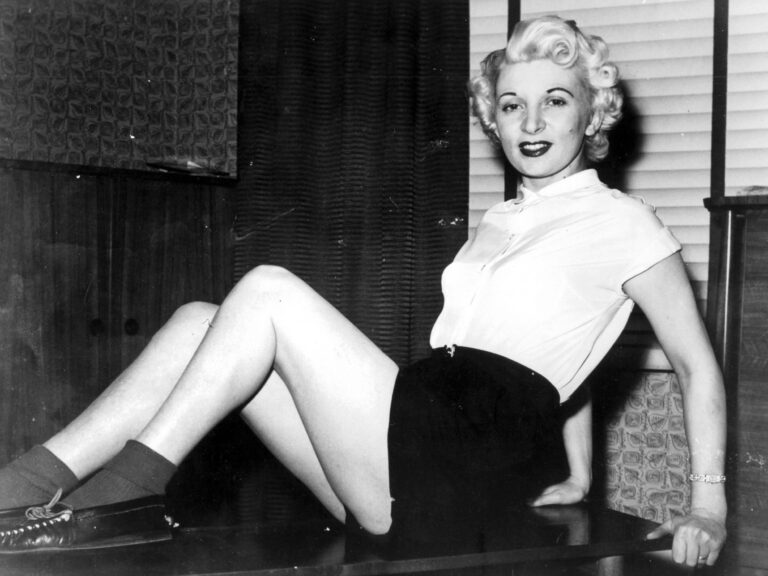
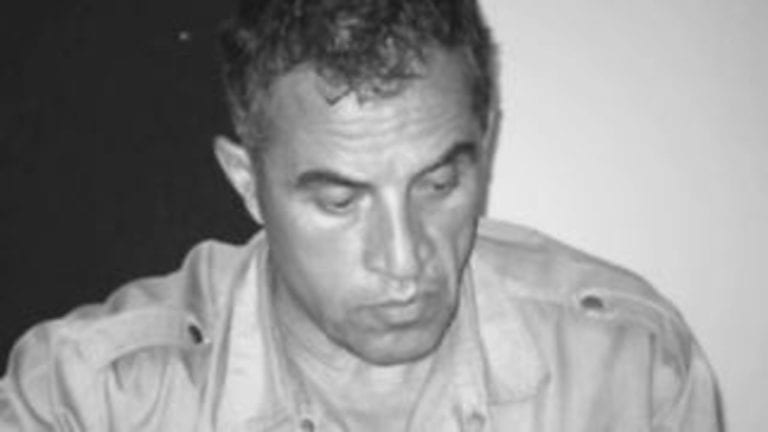
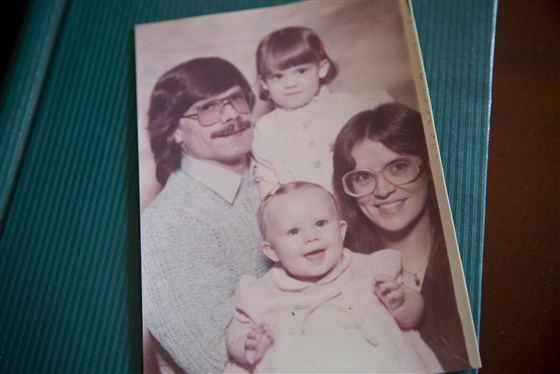
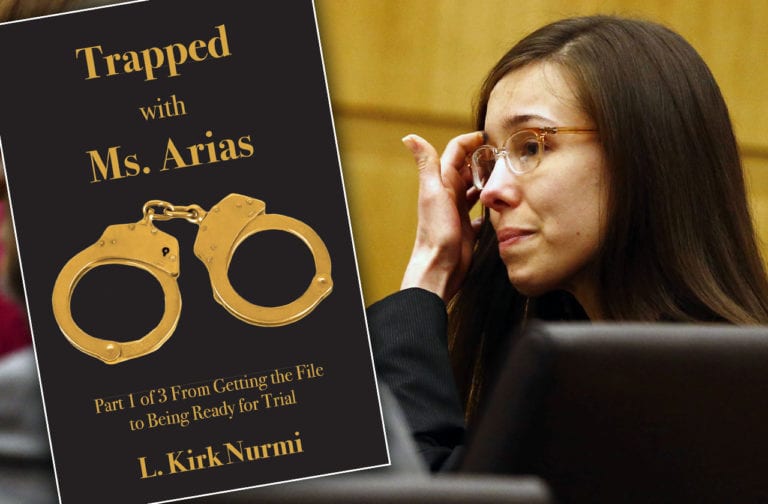

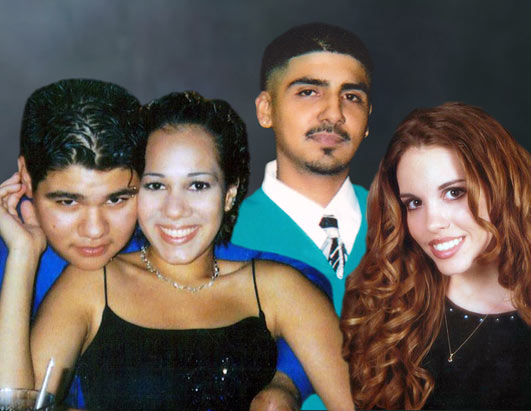
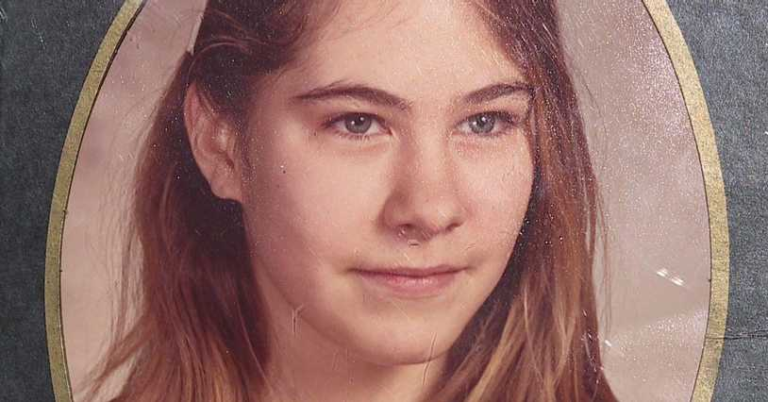
Comments:
I don’t get how Cussen was “the real murderer”..?
I think because he was the one who kind of helped her with most of it. He drove her, and gave her the gun, as well as told her how to use it.